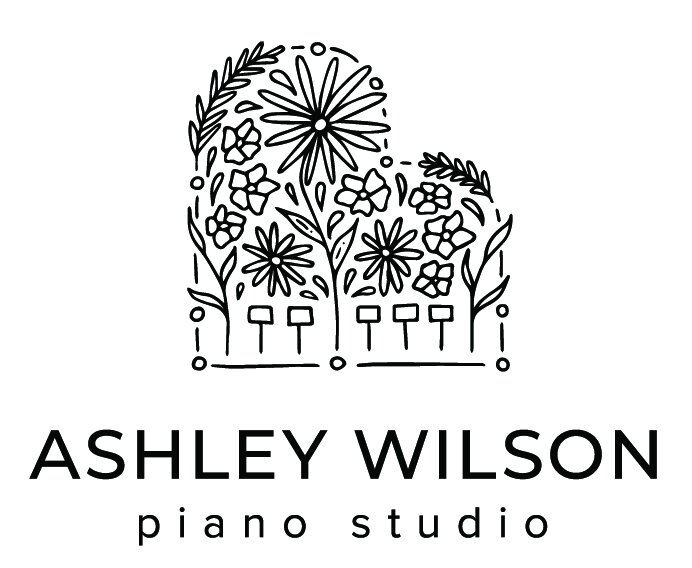A Long, Slow Look
Using Slow Looking Techniques to Discover Music History
As a trained musician, I always wonder what it would be like to go back in time—before taking years of aural skills courses, before knowing music terminology or the elements of music, before understanding music history in context—and hear a piece of music for the first time. What would it be like to hear Brahms’ Fourth Symphony anew, or hear the sound of a harpsichord for the first time? What would I think or feel? What would my descriptions of the music be? I don’t have a time machine, but I have a diverse group of young students with varied musical backgrounds, so that’s the next best thing.
I think the ideal way for students to describe things is in their own words first, so we began with taking a slow look at art, then describing it with as much detail as possible. Then, we transitioned to listening to music with the same level of detail, only using students’ own words. Sometimes students used music terminology they knew, but they often didn’t. This is a pattern consistent with research on how children describe music! More on that later.
Discovering Baroque and Classical Music
As established in Part 1, I presented the eras of music history in pairs, focusing on how they were alike and different rather that who wrote the music or when it was written. Those are things we’ll spiral back to in the future when students have more context for composers, dates, etc. Instead, I mentioned which era came first chronologically and about how close or far from 1776 (a date lots of kids know from American history) the music was written.
We focused on Baroque and Classical music first. I chose music that was representative of the era and had elements that I thought would be easier to describe. We made predictions about how the music from the same eras as the artwork we viewed could sound based on the art pendulum we made (see below). What does “ornate” sound like? What does a “main character” sound like? What words and phrases—musical or not—could go on our music pendulum?
Baroque and Classical Art Pendulum
We listened first in silence, without commenting, but I gave students pencils and paper to write down words and phrases to help them remember their thoughts. When we listened again, students said their ideas aloud, rapid-fire, as I wrote them down on sticky notes.
For discovery’s sake (i.e. to avoid simply telling), I put the sticky notes on a giant pad of paper with some musical elements on it under the category where I thought it fit best, with no mention of formal definitions of each element yet. We took notes on one era at a time, eventually comparing them. This is what students had to say about a few of the pieces.
Baroque (J.S. Bach and Elisabeth Jacquet de la Guerre)
Free, flowing, continuous (Jacquet de La Guerre: Les pièces de clavecin: I. Prelude)
Ideas blend together (Jacquet de La Guerre: Les pièces de clavecin: I. Prelude)
Driven, steady, energetic, bouncy, repetitive (J.S. Bach: Brandenberg Concerto No. 3)
Complex, lots of voices, like a conversation, like an argument, interrupting (Bach: Little Fugue in G Minor BWV 578)
Frilly, fancy, intricate, busy
The vibe/mood/atmosphere stays the same throughout each piece, but moods change between pieces (Jacquet de La Guerre: Suite No. 1)
Sometimes it’s hard to sing the melody, know where the melody is, or remember the melody
Classical (Mozart K. 332, first and second movements)
There’s a main voice with a supporting voice, a high voice and a low voice, a loud voice and a soft voice, etc.
Contrast, more louds and softs, lots of different moods
It’s easy to tell where ideas start and end and if the idea is short or long
Simple, light, clean, bright
It’s easy to sing, sounds like a song
Melodies have a clear shape like “hills and valleys”
It was fascinating to see students describe things like the doctrine of affections (one mood), phrase/period structure (clarity of short and long ideas), continuo (steady, driven), and imitation using their own words and observations. Our pendulum for Baroque and Classical music wound up looking something like this:
Baroque and Classical Music Pendulum
I have more thoughts about how these activities went, what I liked and didn’t like, and how we’ll continue weaving this special summer topic into private and group lessons in the fall…but that’s a blog post for another day!




